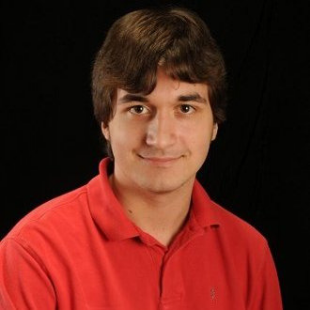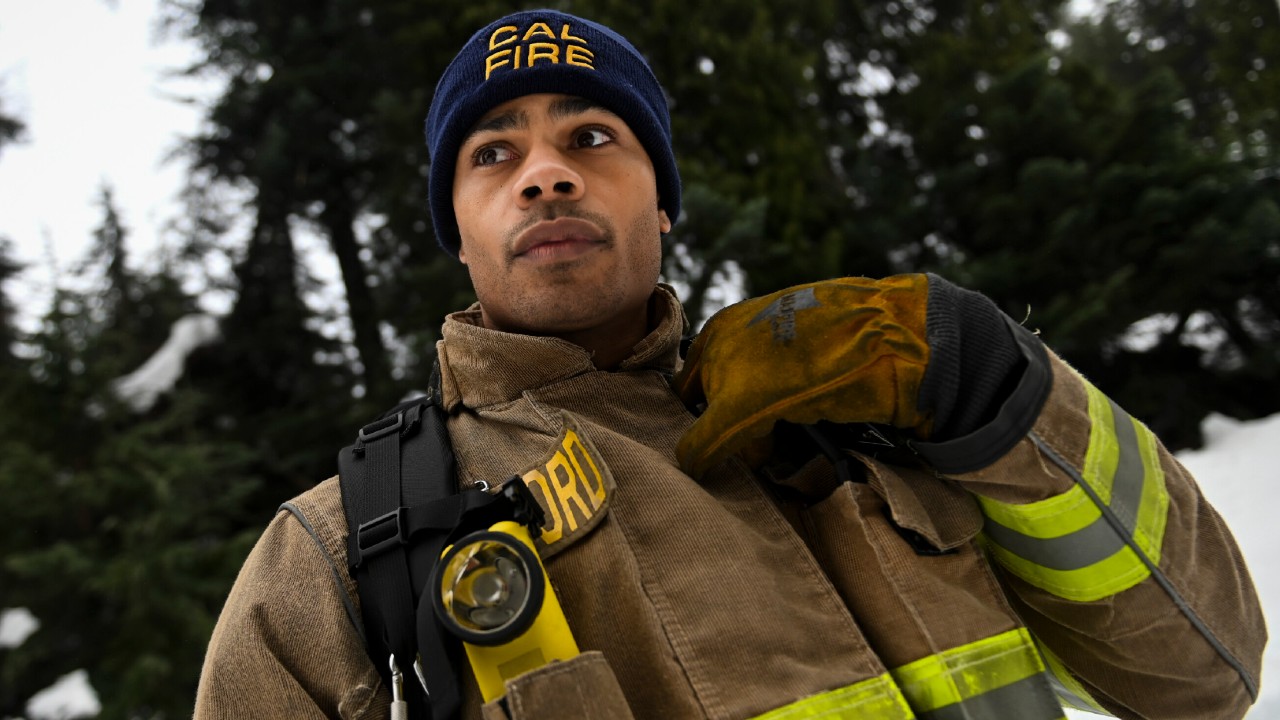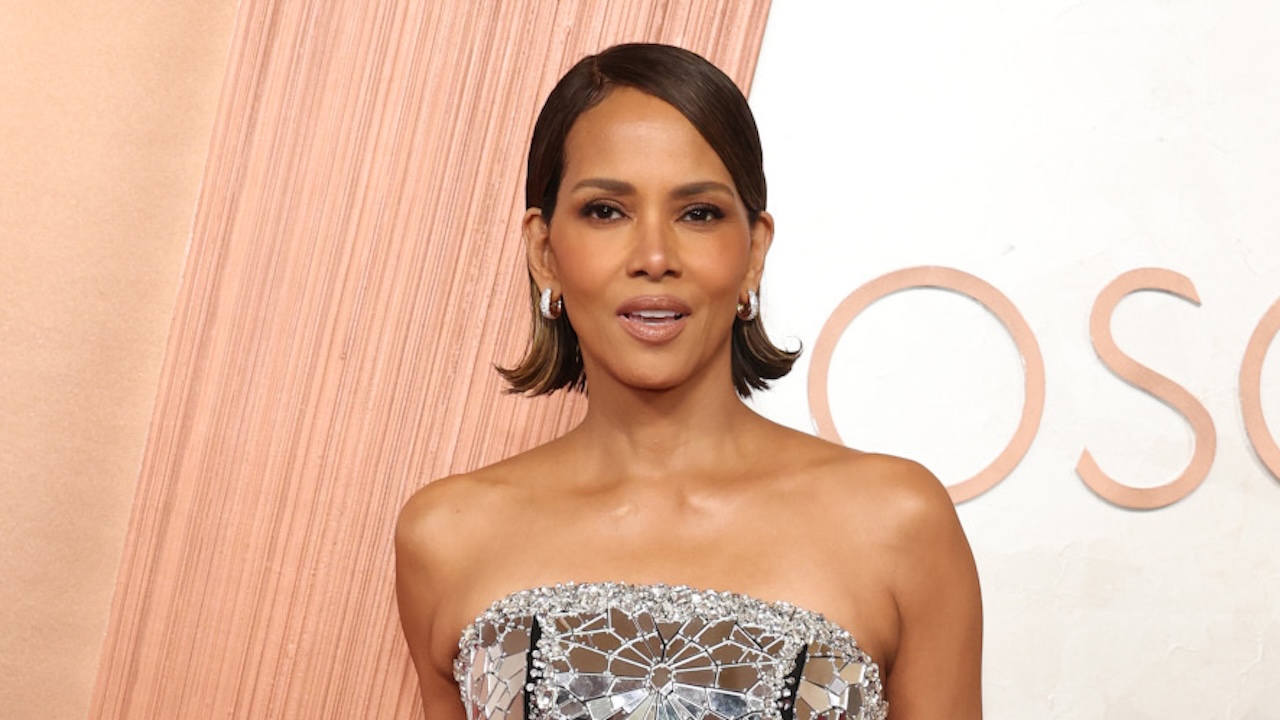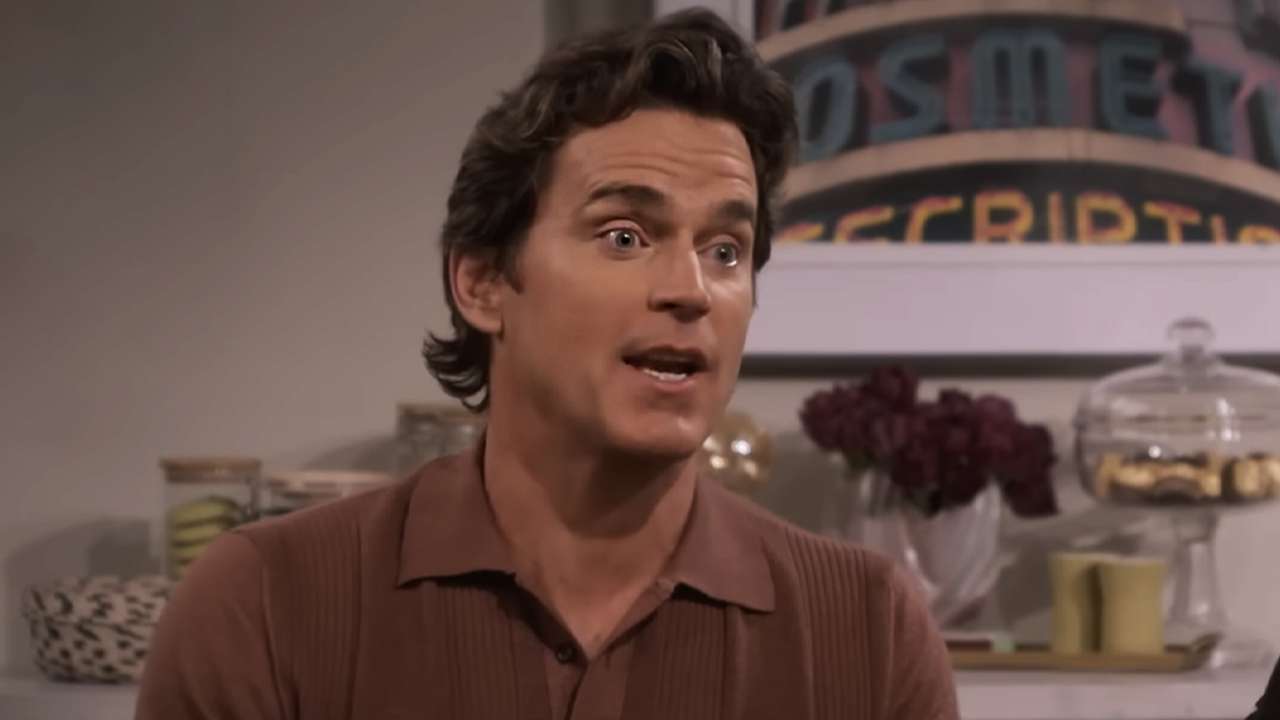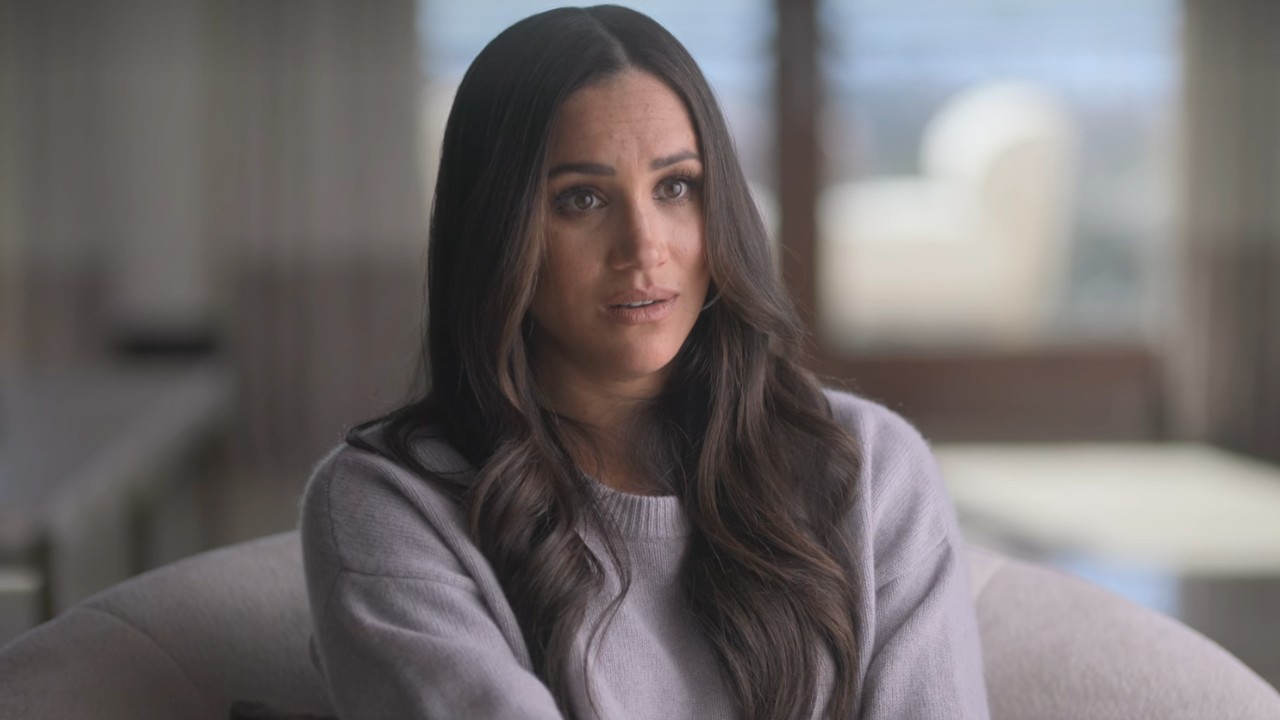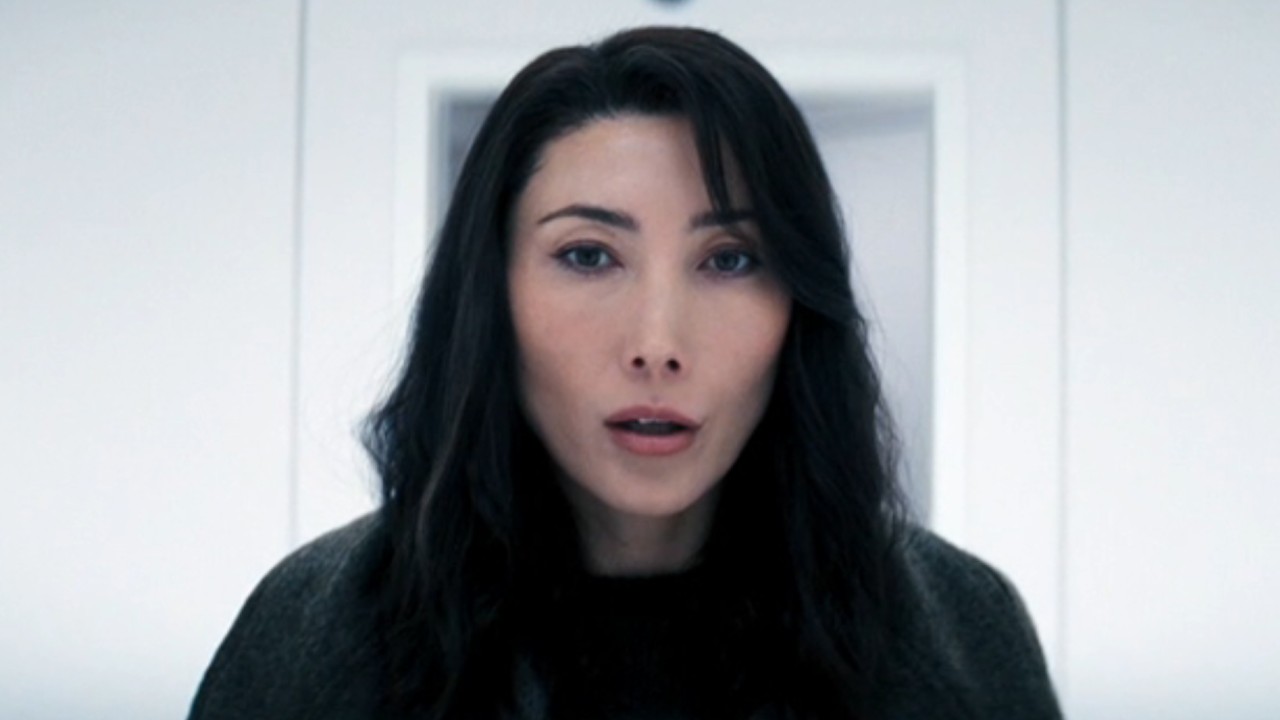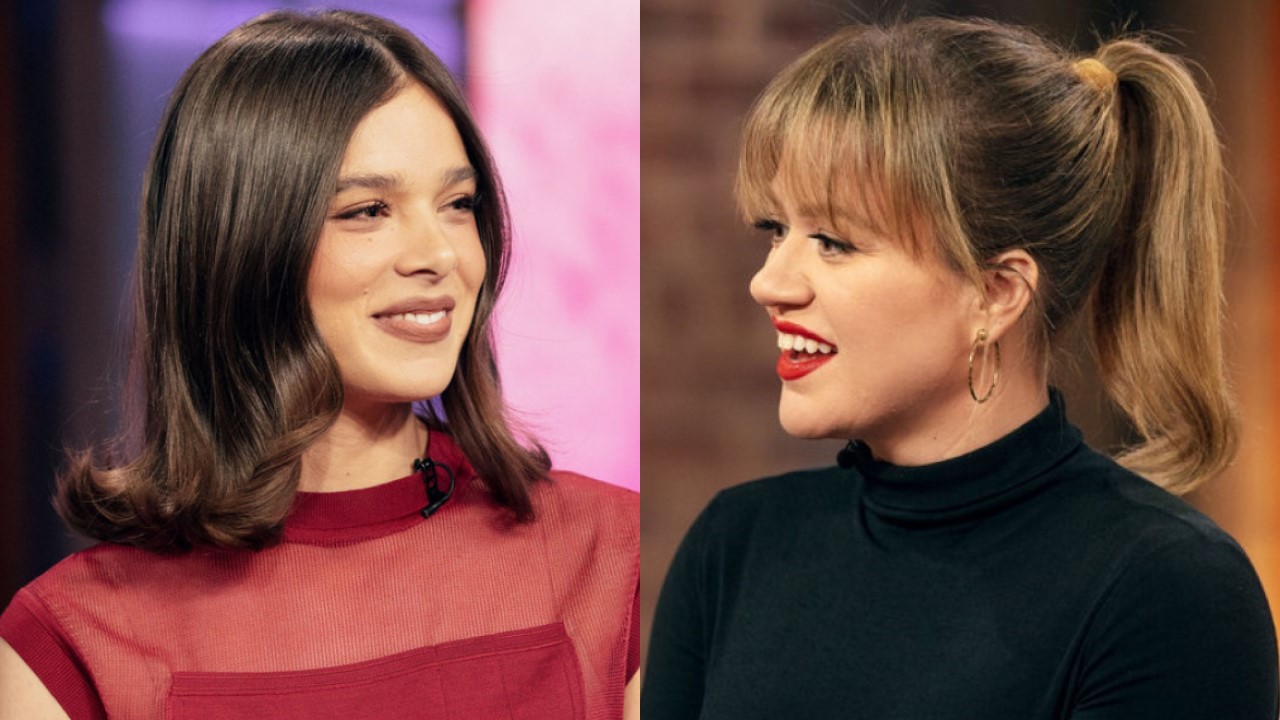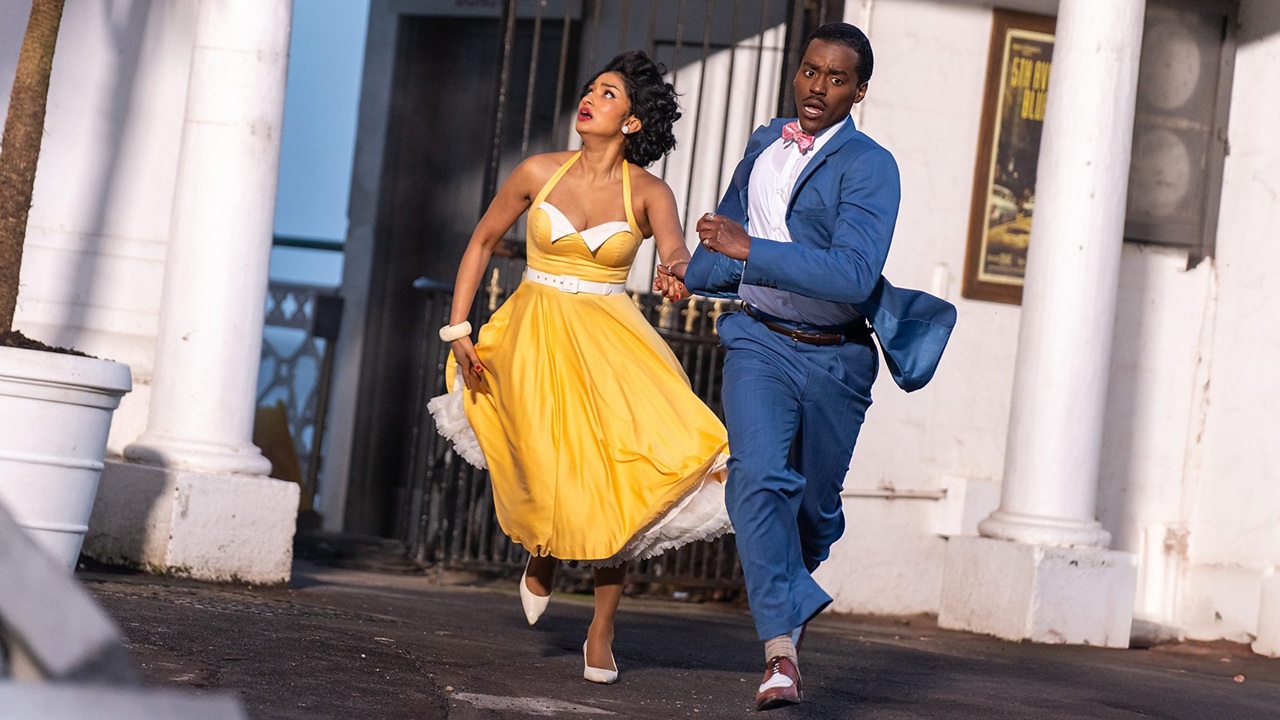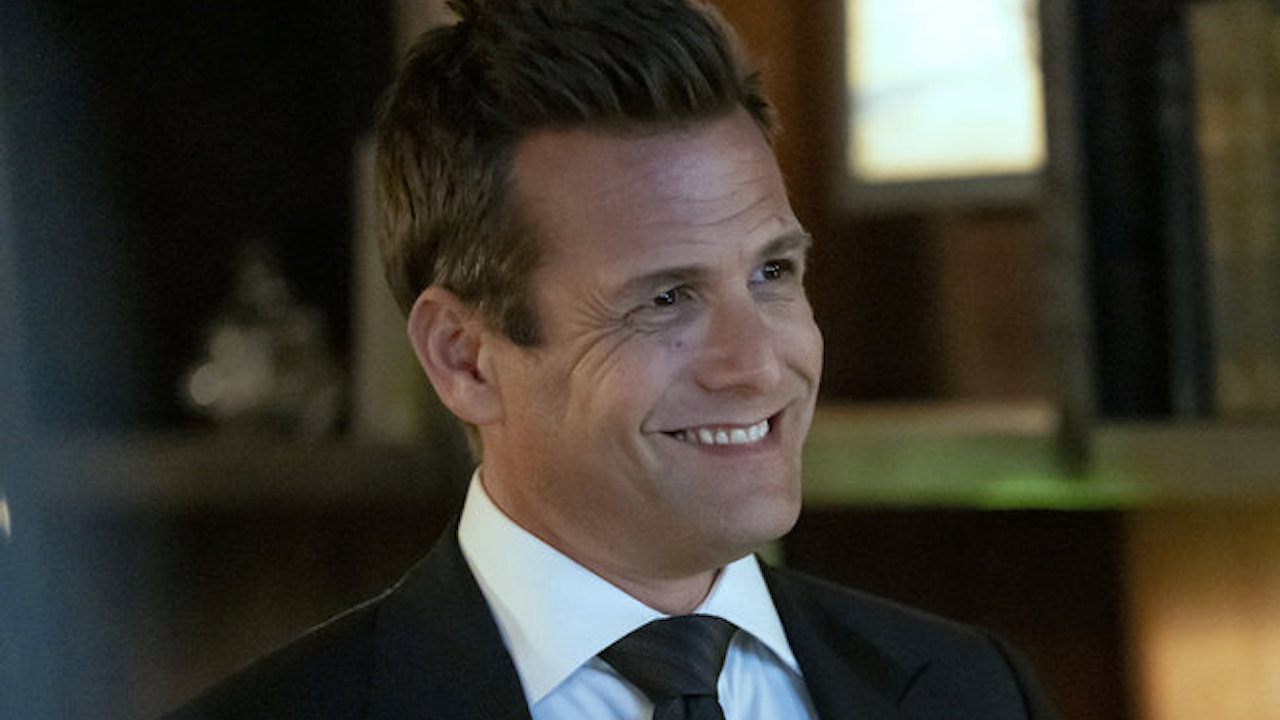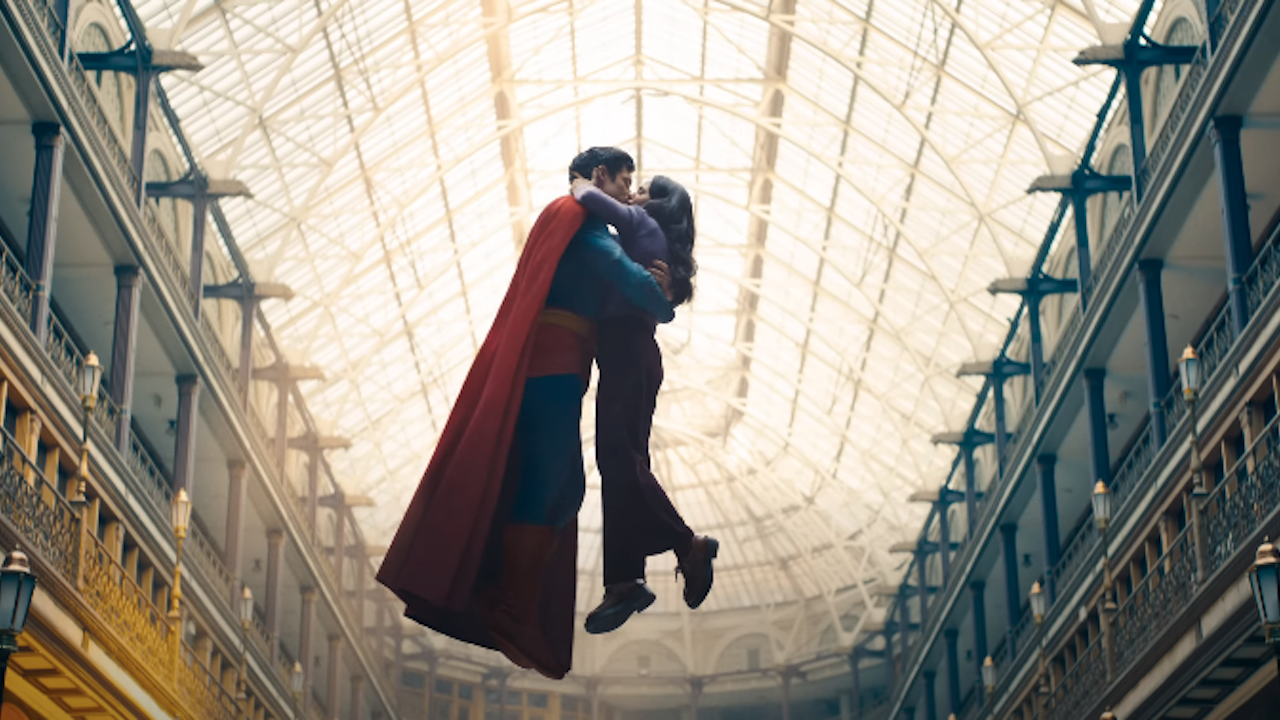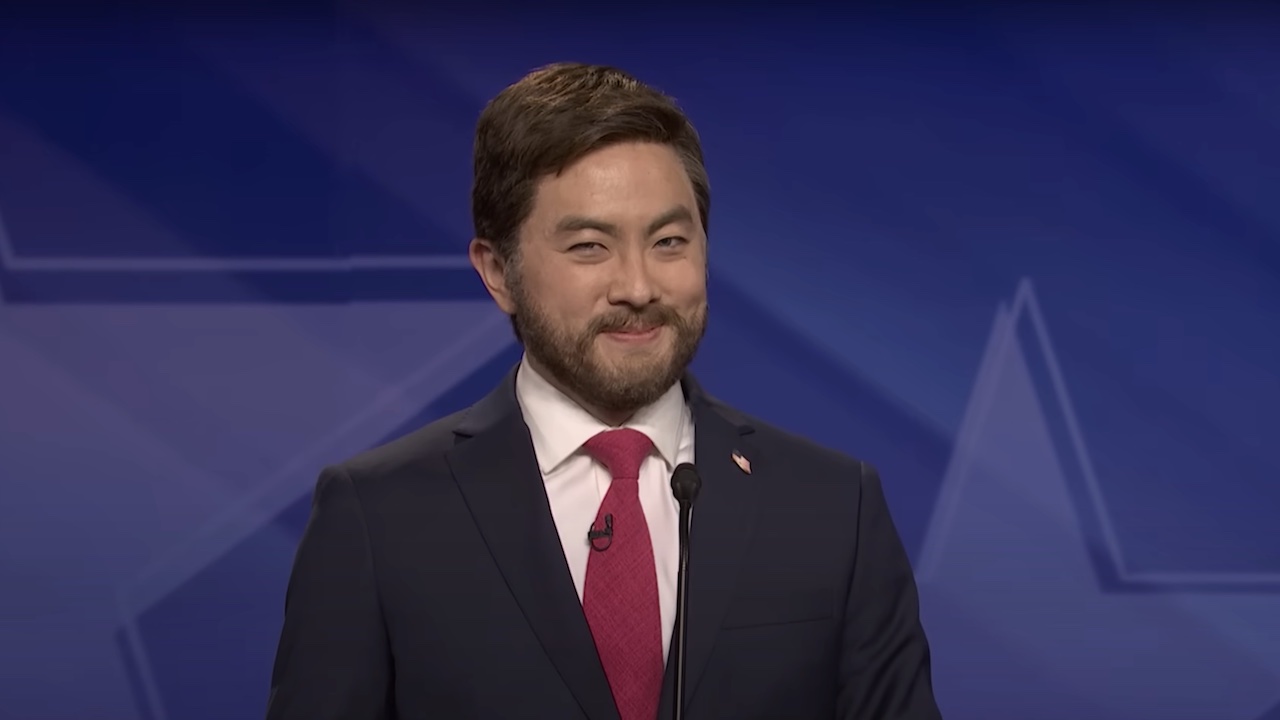Artemis Fowl: 9 Big Differences Between The Book And The Movie
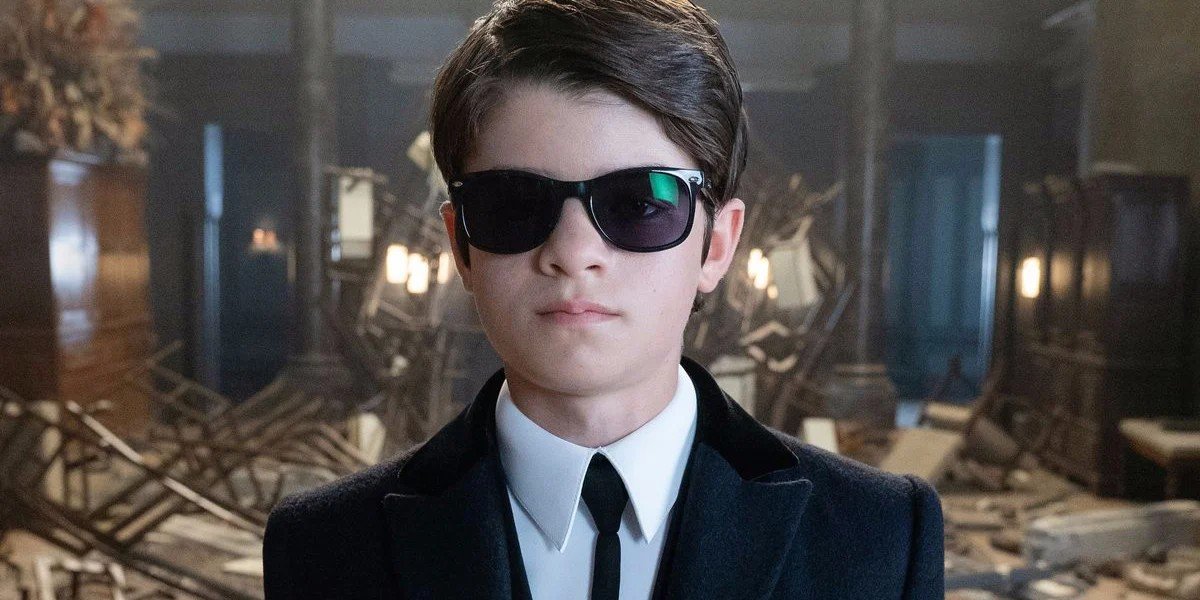
Following years in development hell and subsequent delays, Disney's Artemis Fowl is finally released — albeit not as it was originally planned. In lieu of its scrapped theatrical run, Kenneth Branagh's film is a Disney+ exclusive, allowing instant access for audiences everywhere to one of Disney's biggest 2020 blockbusters. Based on YA series by Eoin Colfer, Artemis Fowl fans waited years — decades even — to see the series brought to life on the screen. So, how does it compare to the books? Namely, how closely does this Artemis Fowl movie follow its source material?
It should be noted that Artemis Fowl took several liberties with the books that inspired it. So much so that it might be easier to compile a list of the ways the movie aligns with the YA book series rather than departs. With that said, we focused primarily on the big changes made from page-to-screen, focusing on the major departures in story, character, and plot developments seen in Eoin Colfer's 2001 novel versus Kenneth Branagh's adaptation. Feel free to let readers know some other big, drastic changes we didn't mention in the comments.
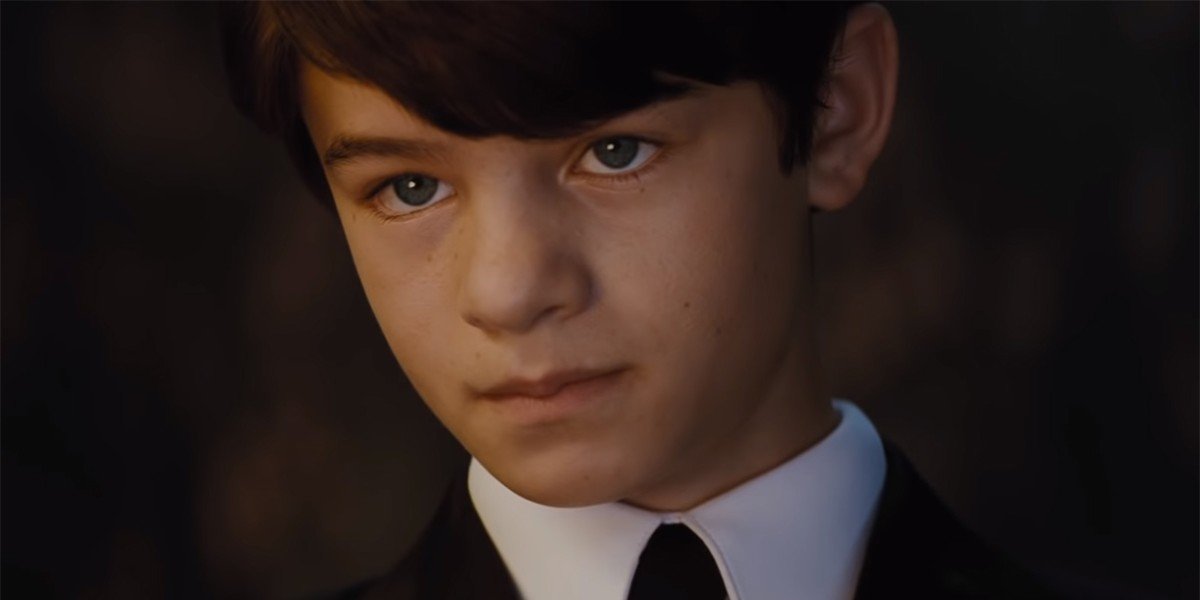
Artemis Fowl Is Less Villainous
In Eoin Colfer's novel, Artemis Fowl is basically a miniature Bond villain. He's extremely smart and cunning, meticulously laying out his plans for personal fortune, and he adopts a cold, ruthless demeanor. In the movie, however, the title character (Ferdia Shaw) is notably less nefarious. His softer side with his father is more prominently seen, and he discovers the existence of fairies not through his own determined intellect but through his father's abduction.
He's a much less active character here than he's a reactive character, which makes his declaration that he's a "criminal mastermind" in the film's final moments a bit strange. Director Kenneth Branagh explained this decision in an interview where he noted that he felt it was hard to sell audiences on the villainous character's eventual character arc in the first movie, so he wanted to hyperdrive his sense of morality.
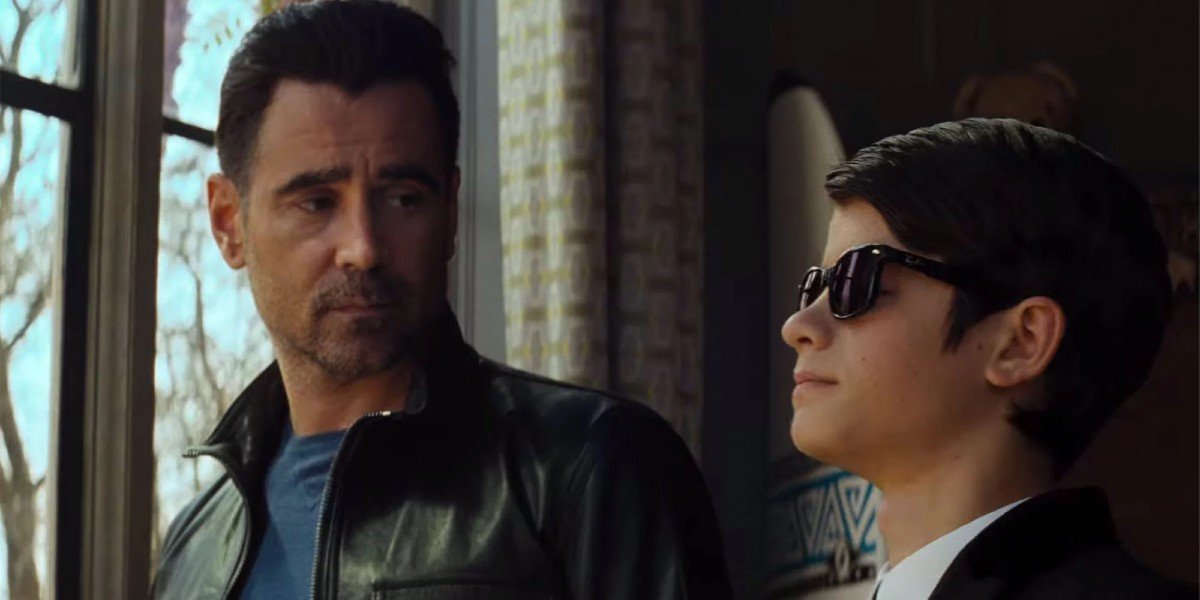
The Events Of Artemis Fowl Are Combined From The First Two Books, Notably The Inclusion Of Artemis Senior
While the general framework of Artemis Fowl is similar to the book's timeline, the events that transpire lift from a various installments, most notably the second novel. Namely, the inclusion of Artemis Fowl Senior (Colin Farrell), a character referenced but not seen until Book 2, is a stark departure from Eoin Colfer's timeline. In the sequel, Artemis Senior was kidnapped by the Mafia rather than a vengeful fairy. Furthermore, the father's knowledge/awareness of magic is notably different, where the paternal figure is unaware of the underworld and the mystical creatures therein in the books.
When it comes to lifting from different books, Kenneth Branagh admitted on set to CinemaBlend and other reporters that they wanted the "anchoring emotional pull" that comes with the second book while also setting up sequels.
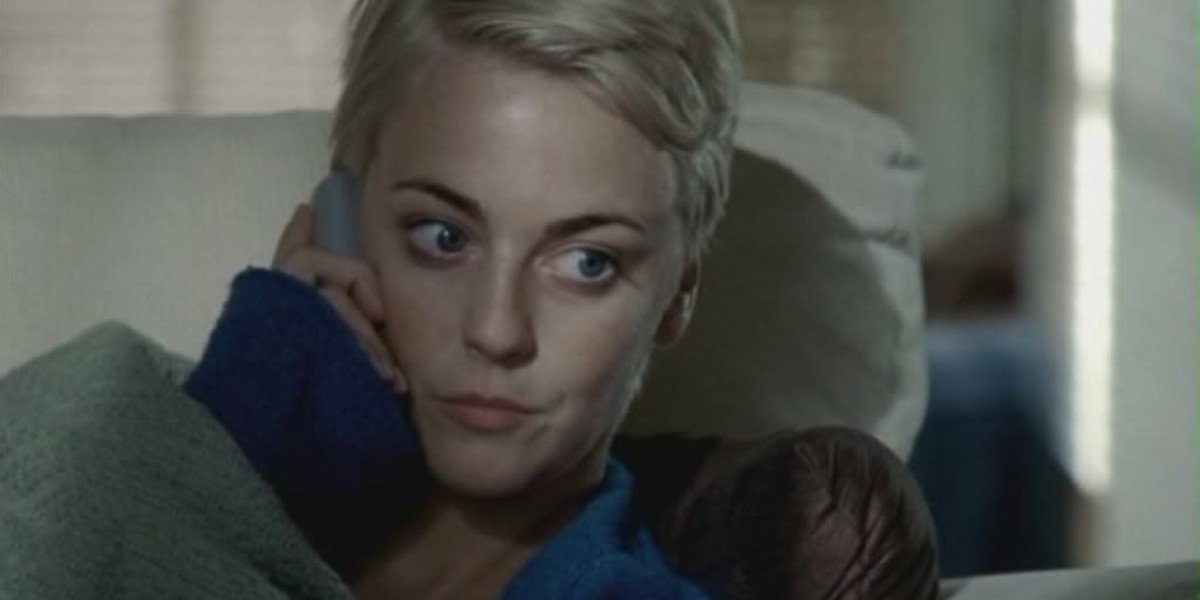
Artemis Fowl's Mother Wasn't Dead
One of the biggest changes made is the decision to kill Artemis Fowl's mother. As a woman driven mad during Artemis Fowl Sr.'s extended absence, Fowl's mother is the source of the nefarious title character's emotional sympathy. Filled with deep-seated feelings of remorse about her instability, this tender subplot is a meaningful one for the book's lead. While Artemis Fowl hired Miranda Raison to play Angeline Fowl, her scenes were cut, and there was dialogue added in reshoots to establish her death.
CINEMABLEND NEWSLETTER
Your Daily Blend of Entertainment News
The decision to axe Angeline out of Artemis Fowl is unclear. It could be the filmmakers weren't getting the performance they wanted, though they could've recast. Or that Angeline wasn't who they thought they needed, which seems cruel. In any case, it's certainly not the first (or last) Disney movie with a dead mother.
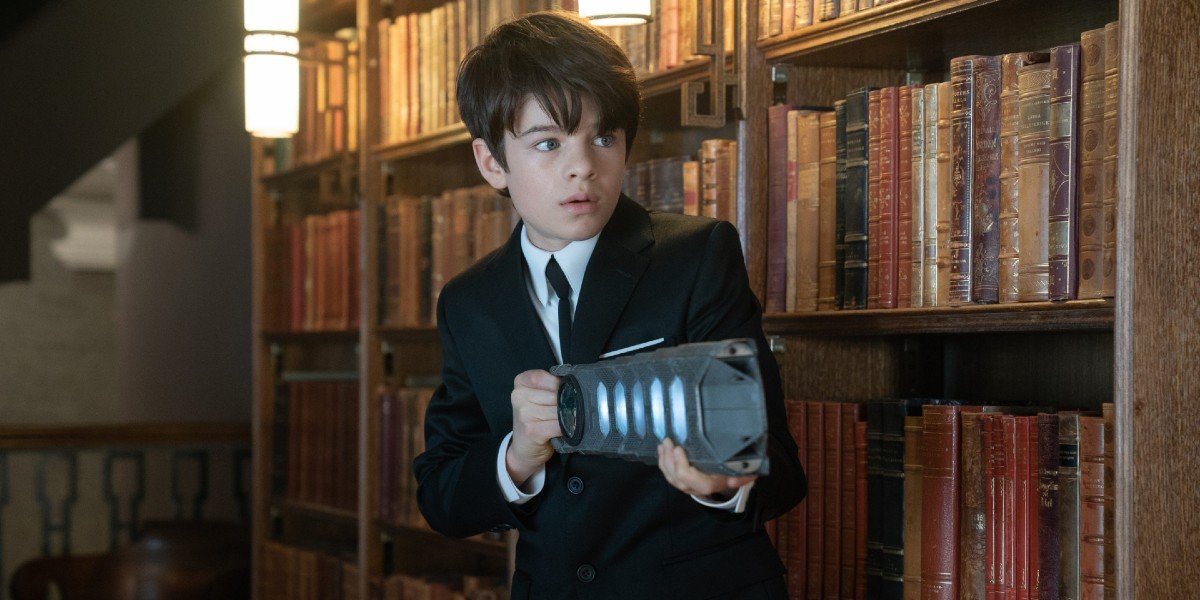
Artemis Fowl Is Now More Athletic And Adventurous
When we're first introduced to Artemis Fowl in this Disney adaptation, it's a surprise to discover him riding waves on his surf board. Only a scene or two later, he's doing special tricks on a computerized one-wheel. In the books, Fowl is a notably less adventurous and more isolated indoor personality, someone who works feverishly in his house for hours on end to plan his latest heist or grand crime. While we see Fowl seeking out a fairy in the book's opening, his pale complexion, out of shape demeanor, and studious thought-speech pattern showcase a young man who loathes spending time outdoors.
While Fowl is also articulate and wise-beyond-his-years in this movie, he's given a few new outdoor hobbies — the sort that seem like hip activities Disney producers would think makes him edgier and cooler.
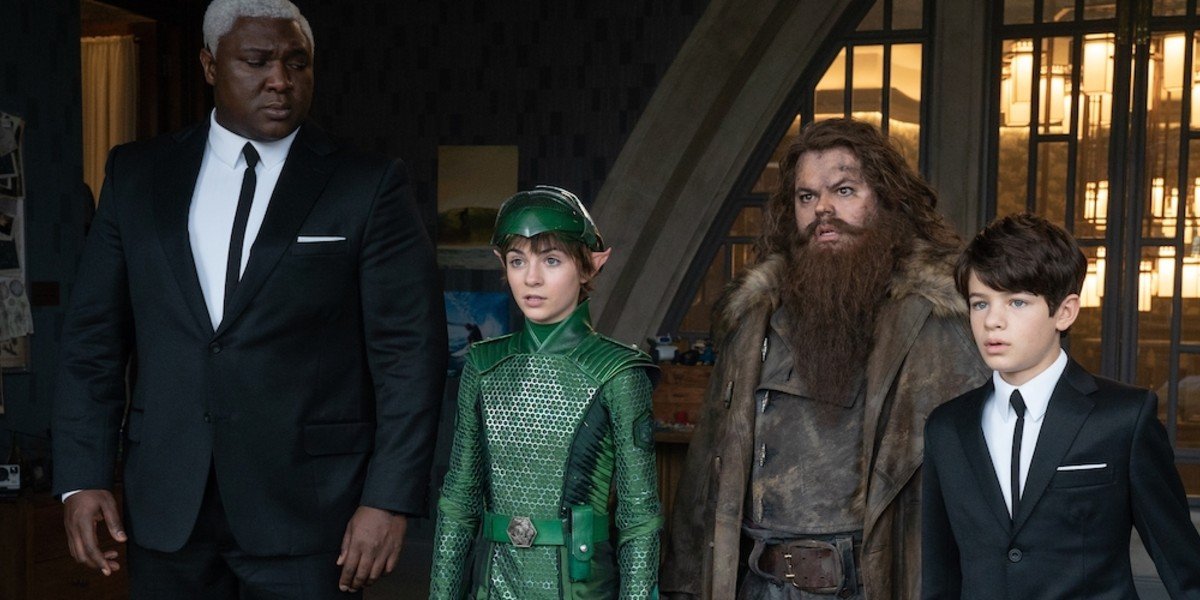
Mulch Is Notably Taller
While's Mulch Diggums' height is not directly revealed in the first book, the general perception among readers is that the kleptomaniac dwarf is of short stature. Perhaps only a little taller than the other dwarves and fairy characters. Nevertheless, Josh Gad plays a human-sized Mulch in Kenneth Branagh's film, to the point where there's a running gag about his larger height and stature. While this aspect of the book could be contested, it's reasonably safe to assume that Gad's Mulch is notably taller than what Artemis Fowl fans envisioned for the criminal character.
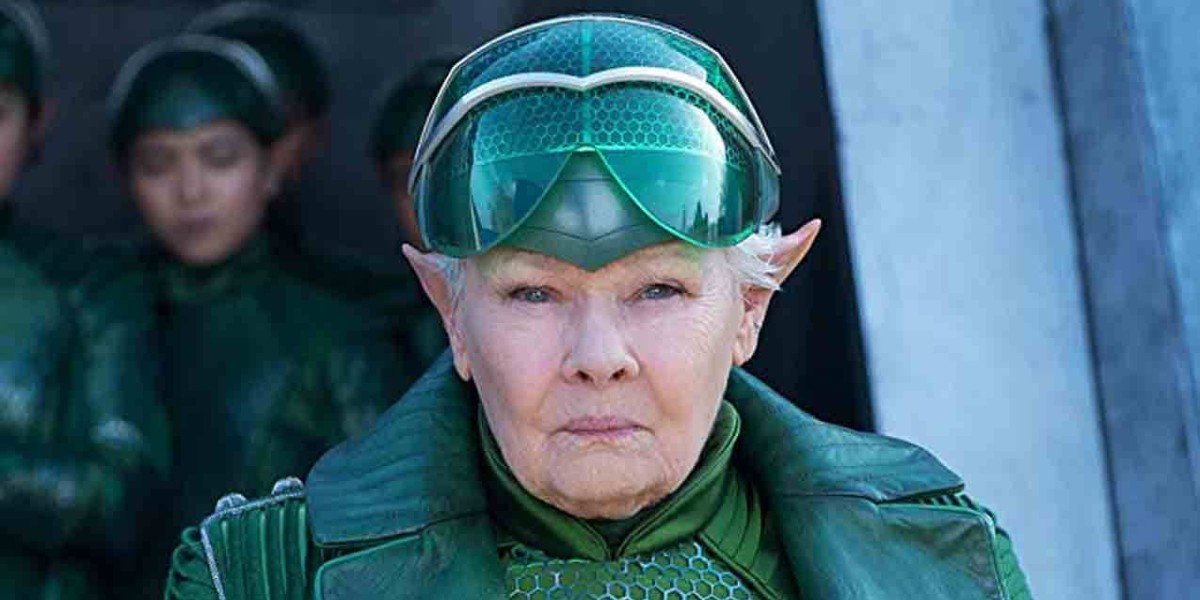
Commander Root Is Gender-Swapped
Among the most fascinating changes made to Artemis Fowl is the decision to gender-swap Commander Root, a brash, hot-headed, cigar-chomping police chief for L.E.P. Recon, into a woman, played by Judi Dench.
In the books, Holly Short (Lara McDonnell) was L.E.P. Recon's first female officer, and felt great pressure to prove herself for this reason. While this takes away from Short's intended arc, it does give L.E.P. Recon a more egalitarian society, at least as far as we see. As Kenneth Branagh explained on set to CinemaBlend and other journalists, the choice came from "the uninformed hunt" from Peter Brook, with Dench as "is it different" in an effort to stretch her acting muscles and try a role unlike any other in her career. Branagh agreed Dench looked and sounded unlike anyone she's played.
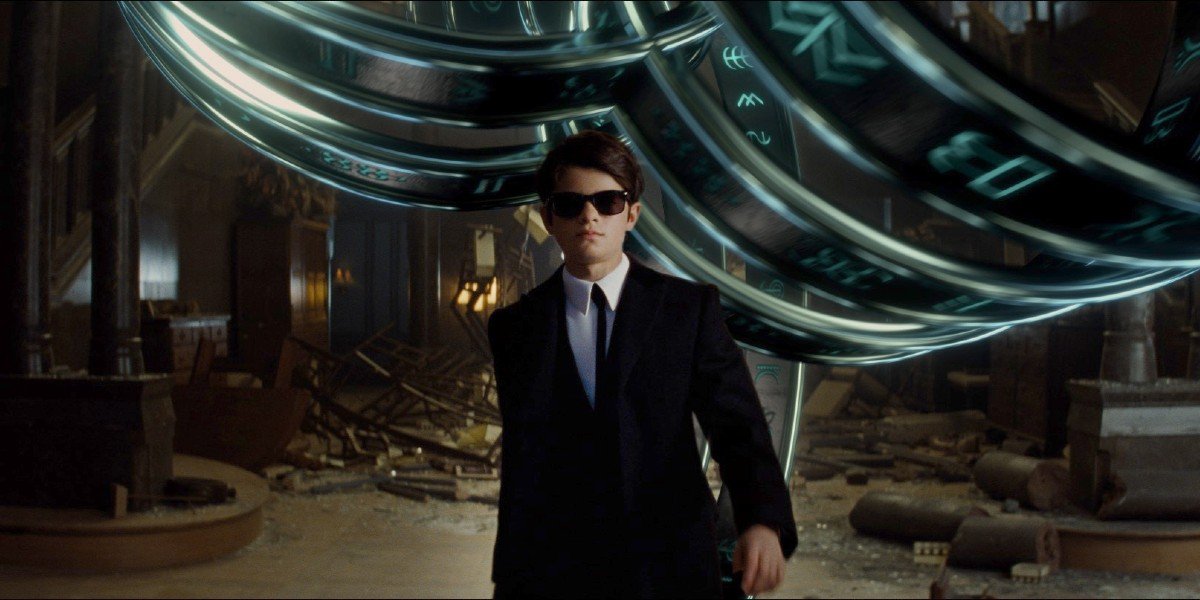
Artemis Fowl Wears Less Suits
In the books, Artemis Fowl is sharply dressed in a suit and tie, something he wears throughout the series. When it comes to his dress code in the movie, Costume Designer Sammy Sheldon was notably more flexible. To mirror the character's growth and change throughout the movie, Sheldon had Fowl wearing a hoodie, jeans, and trainers before gradually adopting more formal attire — eventually including a suit of armor.
As noted on set to CinemaBlend and other journalists, the decision by Sheldon and Kenneth Branagh to make Fowl's wardrobe looser and more relatable was an effort to show how he's "kind of normal," so that kids "can relate to [Artemis Fowl]" over the course of this Disney blockbuster." This also informs the movie's gentler, less arrogant depiction of this title character.
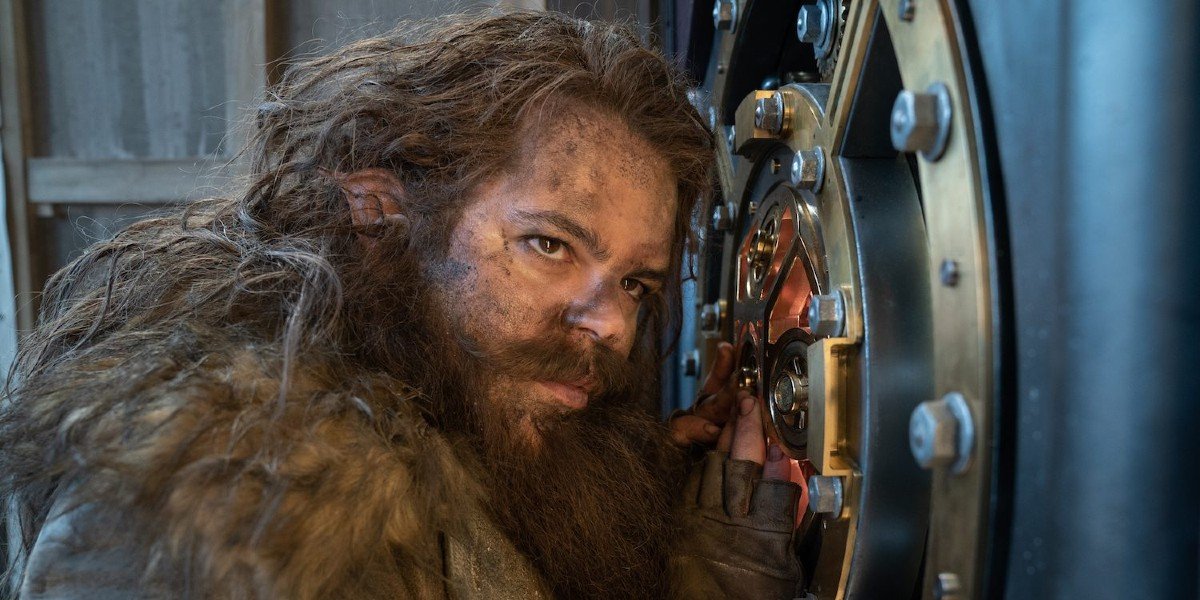
Mulch's Farts Come From A More "Vulnerable" Place, As Noted By Josh Gad
One element of Artemis Fowl's film adaptation that remained true to the book was Mulch Diggum's habit of unclenching his jaw, opening his back flap, munching on his dirt, and, well, disposing of the unseemly matter from his rear-end.
Certainly, it's one of the more memorable sequences for newcomers and Artemis Fowl fans alike, though it should be noted that Mulch's dirt farts are more sensitive than they were in the book. At least, by Josh Gad's admission. During an Artemis Fowl set visit, Gad told CinemaBlend and other journalists that Mulch’s farting comes from a much more vulnerable place in the movie than in the books. Though, like the books, his costume has a flap. He joked, “There is very much a flap. What comes out of the flap is up to the MPAA.”
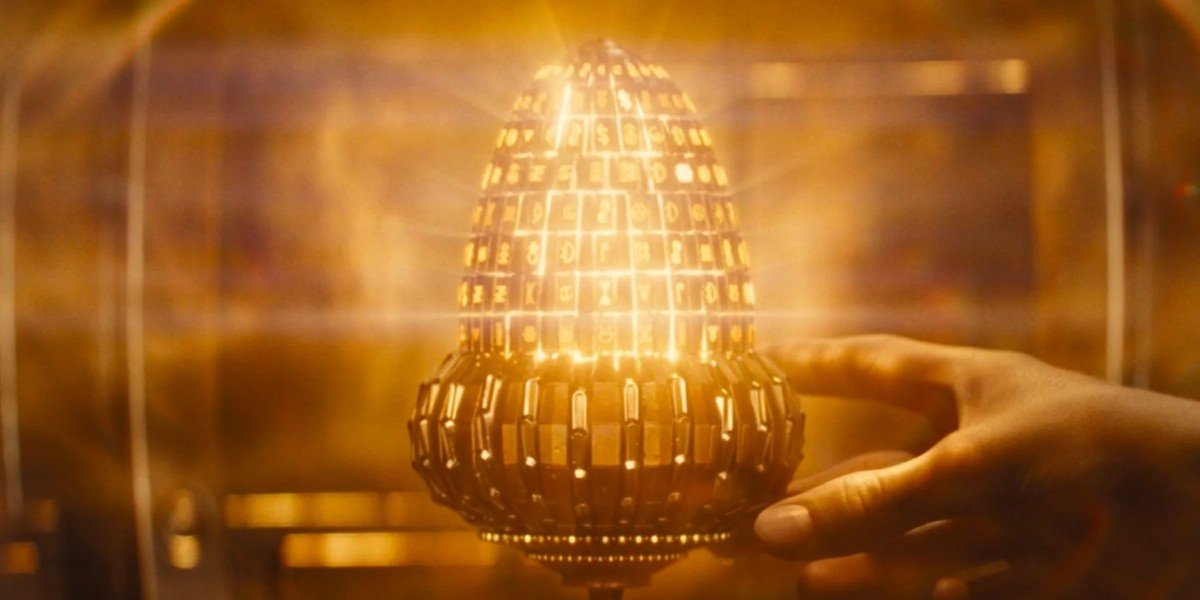
The Aculous Wasn't In The Books, And Opal Kobo Doesn't Appear In The First Book
Another surprise inclusion in Artemis Fowl is the Aculous, a glowing acorn-esque MacGuffin considered the most "powerful treasure in the fairy world." This treasured item isn't Eoin Colfer's creation, though. Rather, it was added into the movie despite the vast assortment of MacGuffins they could've been borrowed from the books. Additionally, the shadowy villain, Opal Kobo, doesn't factor into the first book. In fact, this arch-villain doesn't play a presence until the second, with her role growing later. In here, Opal plans to use the Aculous (located in Fowl manor) to open a portal between the fairy and human worlds, which she'll use to eradicate humanity. This is a noted difference from Artemis requesting gold in the book.
There are several more changes made to Artemis Fowl, including the odd decision to not have anyone call Butler "Butler," but these are among the biggest. Certainly, when it comes to bringing Eoin Colfer's series to the screen, there were notably more departures made than otherwise.
Will is an entertainment writer based in Pittsburgh, PA. His writing can also be found in The Playlist, Cut Print Film, We Got This Covered, The Young Folks, Slate and other outlets. He also co-hosts the weekly film/TV podcast Cinemaholics with Jon Negroni and he likes to think he's a professional Garfield enthusiast.
